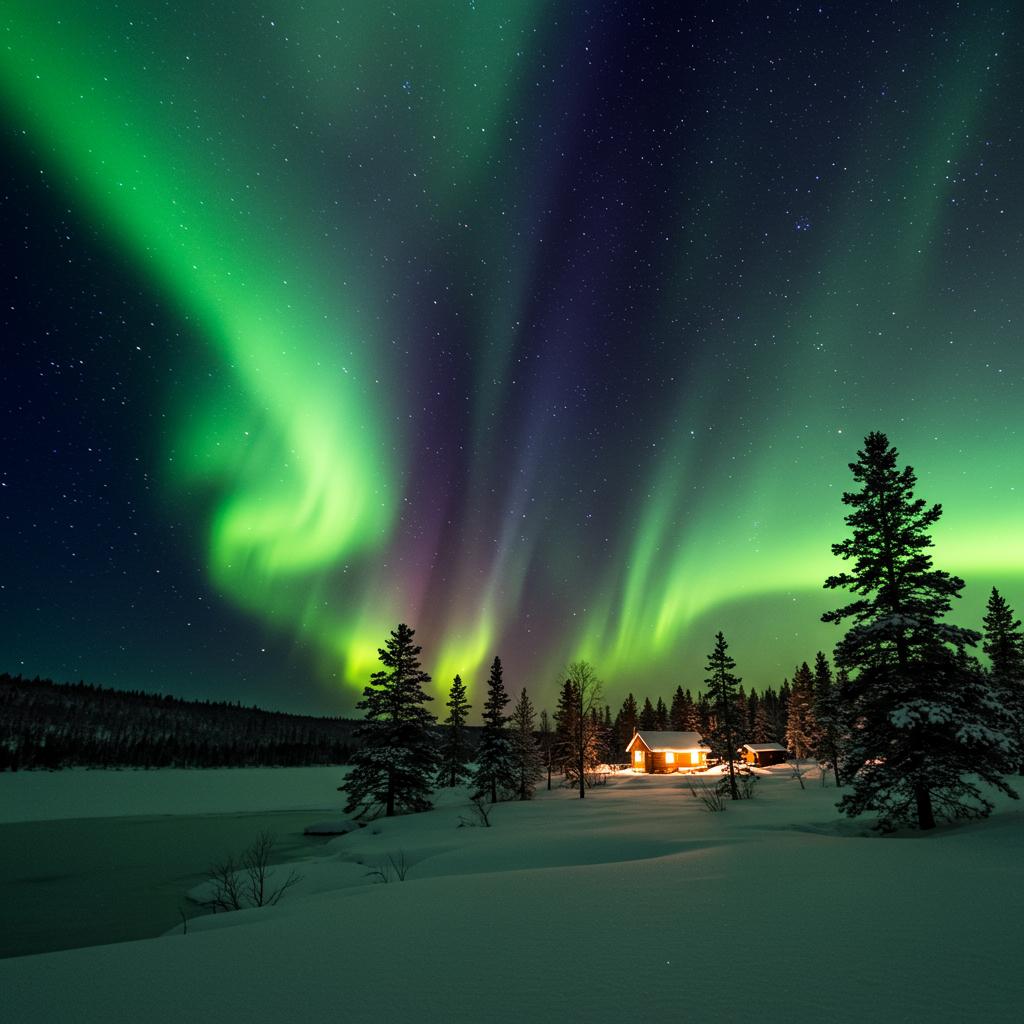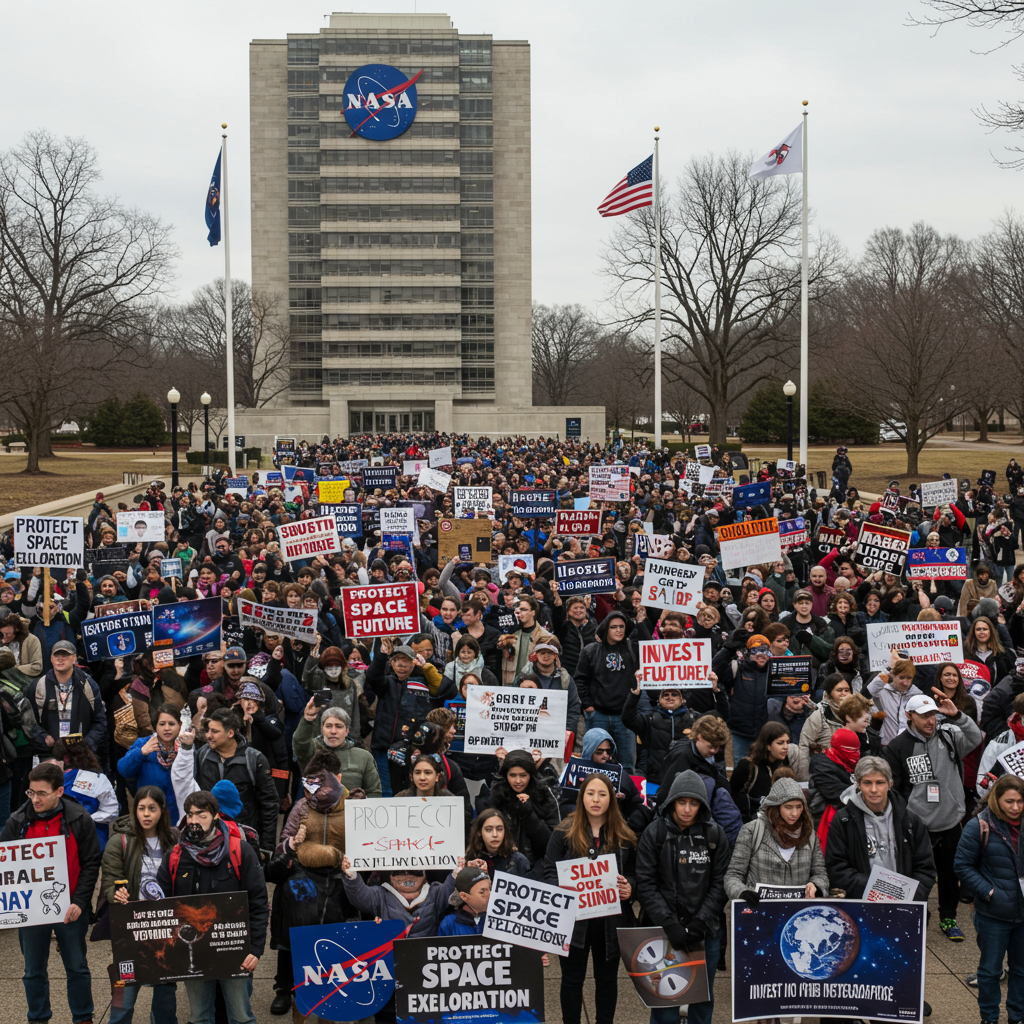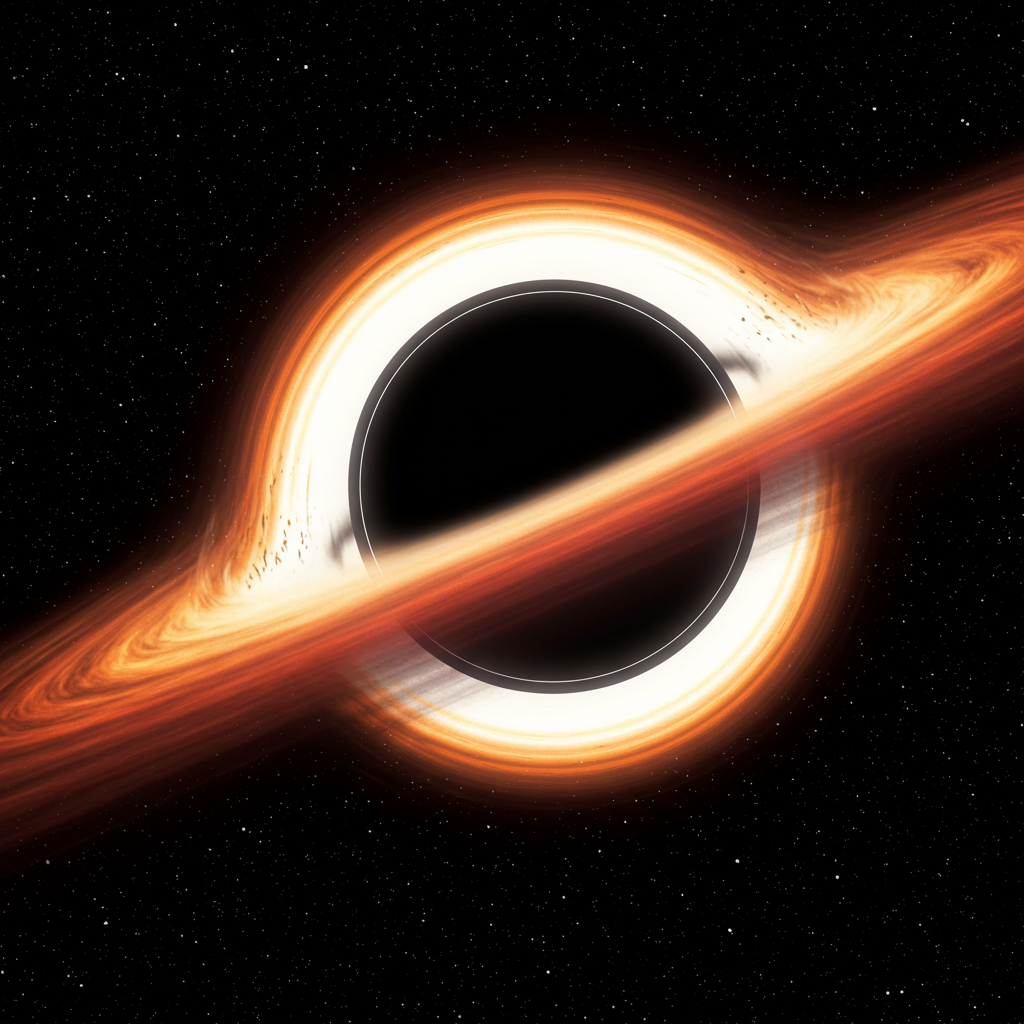Michigan skygazers, get ready! The mesmerizing Northern Lights, or aurora borealis, could once again grace the skies over parts of the state. Thanks to increased solar activity, residents in specific areas may have a chance to witness this stunning celestial display.
This potential viewing opportunity stems from a geomagnetic storm affecting Earth’s magnetic field. While aurora sightings are most common near the poles, stronger solar events driven by the sun nearing its peak activity period – known as solar maximum – can push the visible auroral oval further south, bringing it within reach of locations like Michigan.
Understanding the Solar Activity
The National Oceanic and Atmospheric Administration (NOAA) and its Space Weather Prediction Center (SWPC) monitor these solar events. Geomagnetic storm intensity is classified on a G-scale from G1 (Minor) to G5 (Extreme). This specific event bringing potential visibility to Michigan involves a G2 (Moderate) level storm, which is the second-lowest on the scale.
Solar activity is also tracked using the Kp index, a measure of geomagnetic disturbance. Higher Kp values correlate with auroras potentially being seen at lower latitudes. Forecasts for this period indicated Kp levels significant enough to extend the potential viewing line southward. Past events with stronger storms (G3 or G4) have led to auroras being seen much further south across the US, illustrating how storm intensity impacts visibility range.
These geomagnetic storms occur when bursts of energy and charged particles from the sun, often from coronal mass ejections (CMEs) or high-speed solar winds, collide with Earth’s magnetosphere. The sun’s current position in its approximately 11-year activity cycle means more frequent and intense solar events are expected in the near future, increasing the overall chances for aurora sightings compared to quieter periods.
Where and When to Look in Michigan
For this forecast window (referenced from a period around June 13-15), NOAA suggested the Northern Lights could be visible as far south as Saginaw Bay.
Location: Your best bet is always to find a location with minimal light pollution and a clear view of the northern horizon. The further north you are in Michigan, the better your chances. Getting away from city lights is crucial.
Time: If conditions are favorable, the best viewing time is typically within an hour or two of midnight. During months close to the summer solstice, the window of true darkness is shorter, making the early morning hours (around 1-2 a.m.) particularly prime viewing time if the aurora is active.
Weather: Clear, cloud-free skies are absolutely essential. Even the strongest aurora is invisible behind clouds. Check the local weather forecast before heading out.
What Creates the Colors?
The vibrant colors of the aurora display are a result of the solar particles exciting different gases in Earth’s atmosphere:
Oxygen: Typically produces the most common greenish-yellow light, but can also emit red light at higher altitudes.
Nitrogen: Generally results in blue or purplish hues.
The specific color depends on the type of gas involved and the energy level of the colliding particles.
Top Dark Sky Locations in Michigan
Michigan boasts several internationally recognized dark sky parks and preserves, offering prime locations away from light pollution, perfect for aurora hunting:
Headlands International Dark Sky Park in Mackinaw City
Keweenaw Dark Sky Park in Keweenaw County
Dr. T.K. Lawless Park in Cass County
Alpena area Dark Sky Preserves: Rockport State Recreation Area, Thompson’s Harbor State Park, and Negwegon State Park
Beaver Island State Wildlife Research Area
Pictured Rocks National Lakeshore in Munising
Tahquamenon Falls State Park and the Great Lakes Museum and Whitefish Point Light Station in Paradise
Sleeping Bear Dunes National Lakeshore in Empire
Tracking the Aurora
Staying informed is key to catching a display.
Official Sources: Monitor NOAA’s Space Weather Prediction Center website, which provides forecast information on solar storms and potential aurora visibility. They also maintain an aurora dashboard.
- Aurora Apps: Several smartphone applications are available that track current conditions, provide forecasts, and send alerts based on your location and geomagnetic activity levels (like Kp index).
- www.freep.com
- www.space.com
- www.cbsnews.com
- www.lansingstatejournal.com
- www.detroitnews.com
A Helpful Tip for Viewing
Sometimes, the aurora can be subtle to the naked eye, especially at lower latitudes. If you’re having trouble seeing clear colors or movement, try using your smartphone camera in night mode or with a longer exposure setting. Point it north and hold steady; the camera sensor can often pick up faint light and colors that your eyes might miss, revealing the aurora dancing in the sky.
Seeing the Northern Lights from Michigan is a special experience that requires the right conditions and a bit of luck. While visibility is never guaranteed, keeping an eye on forecasts, heading to dark skies, and looking north could reward you with an unforgettable natural light show. And with the sun in an active phase, the chances for future displays remain promising.




